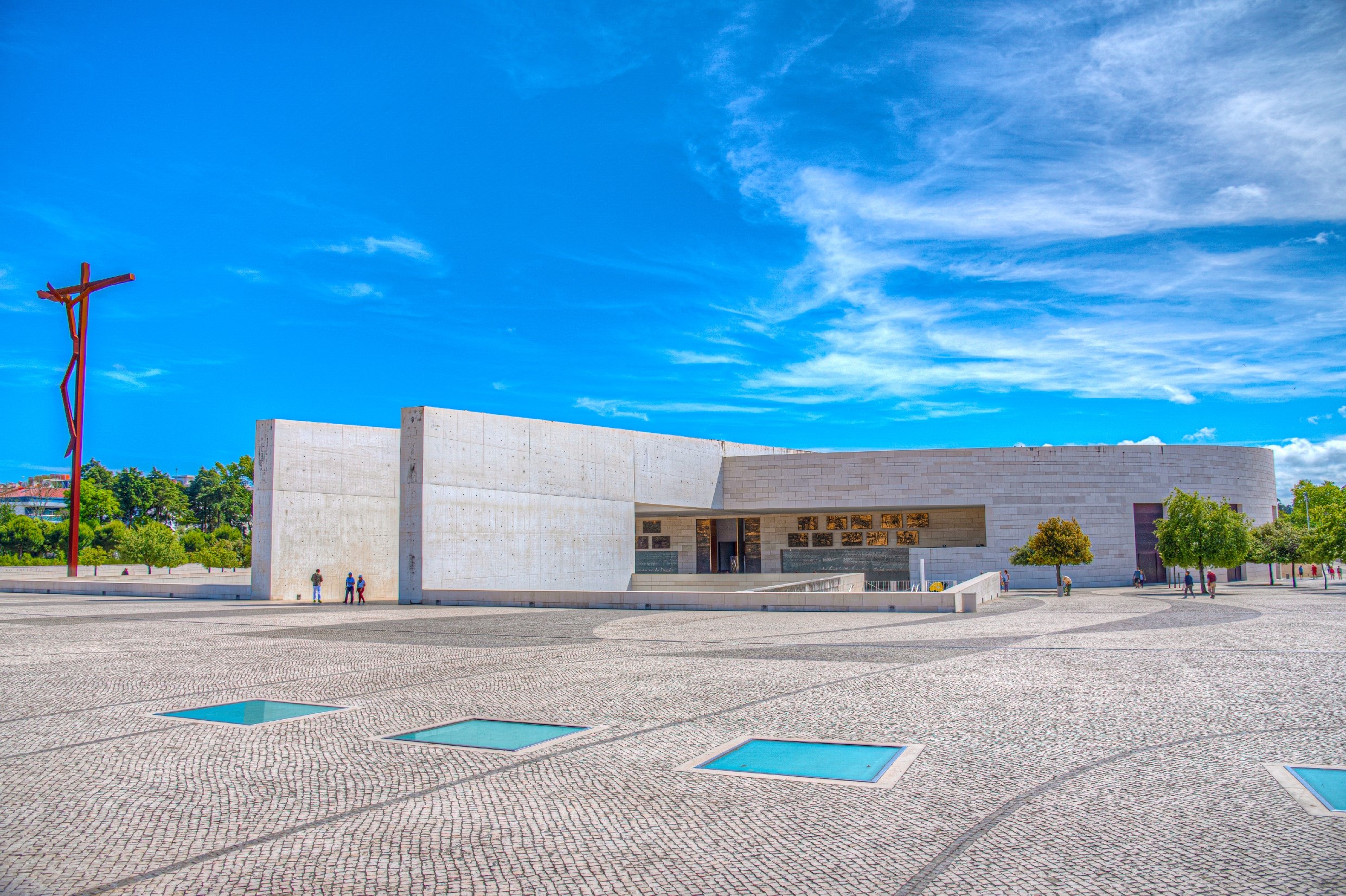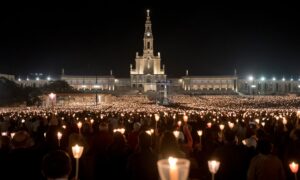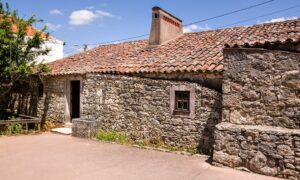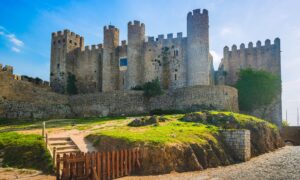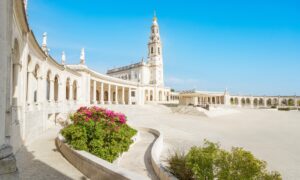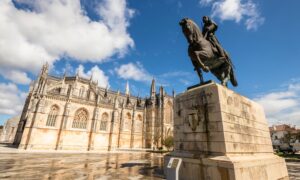The Remarkable History of Fátima, Portugal: From Quiet Village to Pilgrimage Haven
Nestled in the heart of Portugal’s lush countryside, Fátima is a small town that has captured the imagination and faith of millions worldwide. Known for the profound Marian apparitions that took place in 1917, Fátima has since become one of the most important Catholic pilgrimage destinations globally. But behind this sacred status lies a rich and fascinating history, steeped in legends and shaped by events both divine and earthly.
The Early Roots of Fátima
Before its spiritual significance emerged, Fátima was a humble and peaceful rural village in the central region of Portugal. Its origins date back to the Moorish occupation of the Iberian Peninsula in the early Middle Ages. The very name “Fátima” is believed to have Moorish roots, linked to a local legend about a Moorish princess named Fátima.
According to this legend, during the Christian Reconquista in the 12th century, the Moorish princess Fátima was captured by the Christian forces. She eventually converted to Christianity out of love for her captor, Gonçalo Hermigues, and took the name Oureana. The area was renamed Fátima in her honor, marking a cultural blending that still resonates in the town’s historical tapestry.
The Marian Apparitions of 1917
The true transformation of Fátima began in 1917, with events that would forever change its identity. Between May 13 and October 13, 1917, three young shepherd children—Lucia dos Santos and her cousins, Francisco and Jacinta Marto—claimed to have experienced visions of the Virgin Mary while tending their sheep in the Cova da Iria area near Fátima.
In these apparitions, the Virgin Mary, referred to as Our Lady of Fátima, entrusted the children with a series of messages urging prayer, repentance, and devotion to God. The most remarkable of these apparitions occurred on October 13, 1917, known as the Miracle of the Sun. On this day, tens of thousands of people gathered at the site and witnessed a spectacular event—many reported seeing the sun dance in the sky, changing colors, and appearing to plunge toward the Earth before returning to its normal state. This miraculous event was seen as validation of the children’s visions and cemented Fátima’s importance in the Catholic faith.
The Prophecies and Messages
The apparitions carried significant messages, which became known as the Secrets of Fátima. These consisted of three parts:
- A vision of Hell: The first secret revealed a terrifying vision of Hell, emphasizing the need for prayer to save souls.
- The Consecration of Russia: The second secret included a request from the Virgin for the consecration of Russia to her Immaculate Heart, warning of global conflict and the spread of communism if her message was ignored.
- The Assassination of a Pope: The third secret, kept confidential for decades, was believed to be a prophecy concerning the attempted assassination of Pope John Paul II in 1981, which took place on the same date as the first apparition, May 13.
Global Attention and the Rise of Pilgrimage
News of the apparitions and the Miracle of the Sun quickly spread beyond Portugal, drawing global attention to the small village. Over time, Fátima transformed into a major pilgrimage destination, welcoming millions of visitors each year. The Sanctuary of Our Lady of Fátima was constructed to accommodate the growing number of pilgrims, and the site continues to expand and evolve to this day.
The Sanctuary Complex includes key spiritual landmarks such as the Basilica of Our Lady of the Rosary, where the three visionary children are buried, and the Chapel of the Apparitions, which marks the exact location of the Marian apparitions. The towering Basilica of the Holy Trinity, completed in 2007, is one of the largest Catholic churches in the world and symbolizes Fátima’s enduring spiritual significance.
Fátima’s Influence on the Catholic World
Fátima has had a profound impact on Catholicism in the 20th and 21st centuries. The town became a focal point for calls to global peace, particularly during periods of intense political and social upheaval, such as World War II and the Cold War. The Vatican itself has embraced the messages of Fátima, with Pope John Paul II attributing his survival from the 1981 assassination attempt to the intervention of Our Lady of Fátima.
In recognition of this connection, Pope John Paul II visited Fátima multiple times, including in 1982, shortly after his recovery, and in 2000, when he beatified Francisco and Jacinta Marto. In 2017, Pope Francis canonized the two children, further elevating the town’s religious importance.
The Pilgrimage Today
Today, Fátima continues to be a place of pilgrimage for millions of people from around the world. On the anniversaries of the apparitions, particularly on May 13 and October 13, the Sanctuary sees massive gatherings of faithful pilgrims who come to pray, seek healing, and pay homage to the Virgin Mary.
Aside from the religious significance, Fátima’s serene landscape, punctuated by rolling hills and olive groves, offers a peaceful escape for reflection and contemplation. The town has maintained much of its rural charm, and visiting the modest homes of the shepherd children in Aljustrel provides a humbling insight into their simple lives before the apparitions.
Conclusion
From its humble beginnings as a rural village with Moorish connections to its status today as a beacon of faith for millions, Fátima’s history is one of remarkable transformation. The events of 1917 not only shaped the destiny of this small Portuguese town but also left an indelible mark on the Catholic faith. Whether you visit Fátima to deepen your spiritual journey, to connect with history, or simply to experience its quiet beauty, the town offers a unique and profound glimpse into the mystery of faith and devotion.
Fátima is not just a place of miracles—it’s a living testament to the power of belief and the enduring spirit of hope that continues to inspire people across generations.

